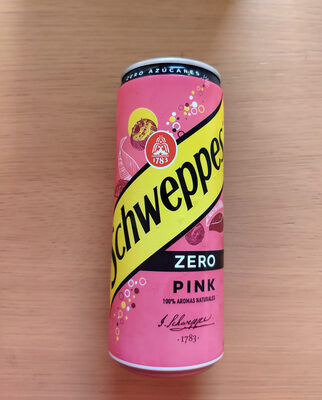Zero Pink - Schweppes - 33 cl
Aquesta pàgina del producte no està completa. Podeu ajudar a completar-la editant-la i afegint-hi més dades a partir de les fotos ja disponibles, o fent-ne més amb l'aplicació de androide o iPhone / iPad. Gràcies!
×
Codi de barres: 8414100388630 (EAN / EAN-13)
Nom comú: Bebida refrescante con extractos, con edulcorantes
Quantitat: 33 cl
Empaquetament:
en:Green dot
Marques: Schweppes
Categories: Begudes, Begudes carbonatades, Begudes ensucrades artificialment, Refrescs, en:Tonic water, en:Tonic drink without sugar with artificial sweeteners
Etiquetes, certificacions, premis:
Sense o baix en sucre, Punt verd, Sense sucre, Amb edulcorants
Botigues: Carrefour
Països on es va vendre: Espanya
Matching with your preferences
Report a problem
Fonts de dades
Producte afegit per kiliweb
Última modificació de la pàgina del producte per alia.
La pàgina del producte, també editada per elcoco, halal-app-chakib, openfoodfacts-contributors, roboto-app, yuka.sY2b0xO6T85zoF3NwEKvlnVJWPzkgQ3_DTXjmFeh-PPeFL7tft1W-tLzP6s.











